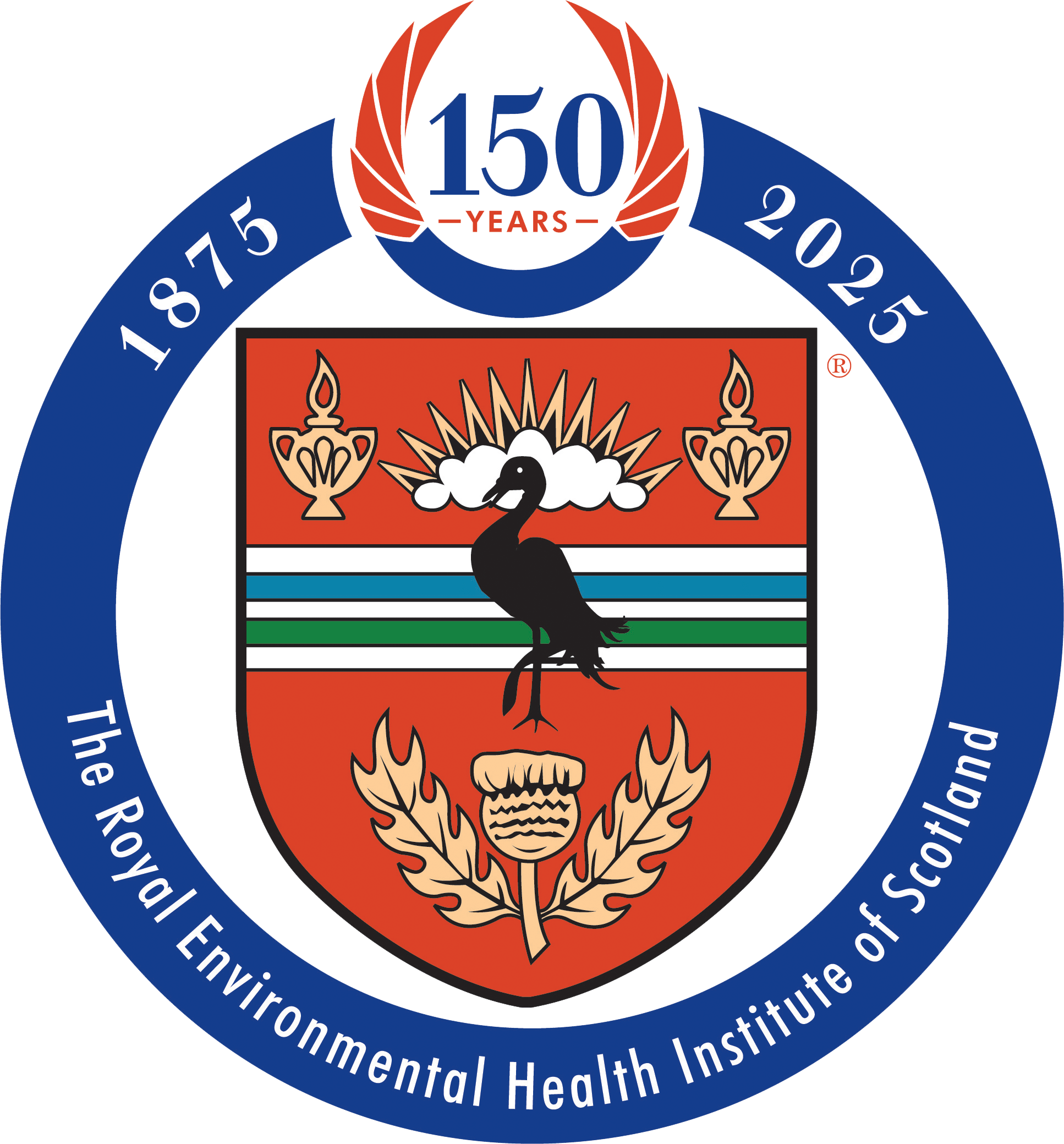The Scottish Environment Protection Agency (SEPA), South Ayrshire Council and Scottish Water are collaborating to clean up the water at one of Scotland’s busiest bathing waters, Ayr (South Beach) ahead of a unique ‘staycation’ summer.
Having been classified as ‘Poor’ for four years in a row, 2021 is a key year for Ayr (South Beach), as another poor classification would result in the loss of its designated bathing water status, meaning it would no longer benefit from SEPA water sampling and water quality predictions. While the beach would remain open and people could still go into the water, advice against bathing would be displayed.
The aim of these efforts is to reduce pollution in local rivers, improve water quality and protect the bathing water to benefit visitors and local communities alike. These works come as part of a targeted improvement plan, which has been in place since 2019 to drive investment and infrastructure development while simultaneously managing any ongoing pressures from rural diffuse pollution.
Scotland has some of the most beautiful beaches in the world, but also experiences some of the wettest weather in Europe. This can have an impact on water quality at bathing waters due to contaminants being washed into rivers from agricultural land and spills following heavy rain to avoid sewers backing up.
Terry A’Hearn, Chief Executive of the Scottish Environment Protection Agency (SEPA) said:
“Improving Scotland’s water environment is a key priority for SEPA, and that includes the bathing waters so many of us enjoy. All across Scotland, we seek to protect watercourses through licensing, inspection and regulation of discharge, advice and guidance to the public, industry, developers and local authorities, and pollution incident response.
“We know that Ayr (South Beach) is subject to a number of complex challenges, and that other local watercourses which feed into it receive bacterial input from a number of sources. That’s why we’re leading efforts to improve local watercourses, including through engagement with the farming community, which is yielding impressive results.
“The work being undertaken is an exemplar of the bold and timely action that can come from partnership working. We will continue to work with our partners to raise or maintain the state of bathing waters all across Scotland, so that summer visits to the beach can be safer and more enjoyable for us all.”
SEPA has had strong, positive engagement from farmers and land managers in the area – which has resulted in over 90% reaching full compliance by ensuring their practices are not affecting watercourses. It is hoped that further improvements to the catchment through simple practical steps will further benefit the bathing water at Ayr (South Beach), which relies partly on the water quality in both the Rivers Ayr and Doon.
The agency has been working with local farmers and NFUS since 2010 through face-to-face visits, workshops and information sessions – resulting in many farmers adopting new practices and spending significant sums of money on additional slurry storage facilities, fencing off entire stretches of watercourses to exclude livestock, and installing alternative means of livestock watering to reach compliance. In some instances, farmers have gone even further than is legally required, by planting riparian zones which move their farming activities further away from the water’s edge.
Visits being carried out by SEPA officers in 2021 are targeted at the handful of farms which are still not fully compliant.

